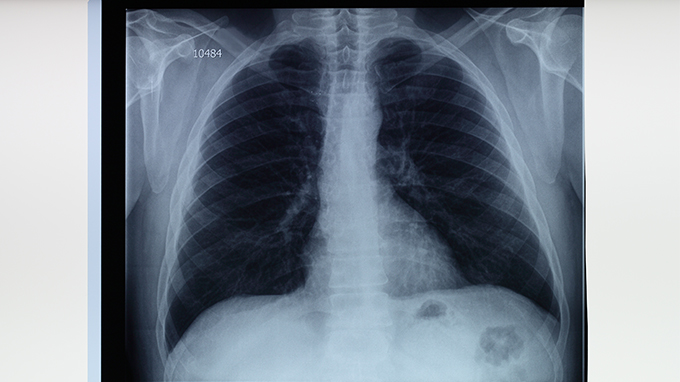Influenza and pathogenesis
Influenza is referred to as influenza, which is an acute respiratory infection caused by influenza virus. It has a high incidence and is prone to outbreaks. The patient is the source of infection, mainly spread through contact and air droplets. The onset has a certain seasonality, the north is often in winter, and the south is mostly in winter and summer, the population is generally susceptible. Influenza can aggravate potential diseases (such as cardiopulmonary diseases, etc.), which can cause secondary bacterial pneumonia or primary influenza virus pneumonia, etc. After the elderly and people with various chronic diseases or weak constitutions suffer from influenza It is prone to serious complications and has a high case fatality rate. Influenza is more harmful to the human body than the common cold and should be given high priority.
Influenza is characterized by rapid onset of high fever, headache, muscle aches, and fatigue. Its symptoms are obviously heavier than the common cold, and it has the characteristics of "regardless of the strength of the young and old, the disease is at the touch". The categories of "chronic cold", "severe cold" and "wind temperature" in Chinese medicine. Chinese medicine believes that climate change, cold temperature and temperature imbalance, the body''s resistance is weakened, the wind and evil virus attacks the body, hurts the lung guard, and the right and evil are violently contested, then a series of symptoms such as fever, headache, and muscle aches appear.
Influenza virus is the pathogen that causes influenza, and patients are its source of infection. Influenza virus belongs to the Orthomyxoviridae family, which is an RNA virus. The virus surface has a lipid envelope, with glycoprotein protrusions on the membrane, composed of hemagglutinin and neuraminidase. According to pathogenic influenza viruses, they are divided into types A, B, and C. Influenza A viruses often cause pandemics and serious illnesses; influenza B and C viruses cause epidemics and dissemination, and the disease is relatively mild. Due to the rapid changes in influenza virus antigens, humans cannot obtain lasting immunity and pose a greater threat to humans.
After the flu virus is inhaled into the respiratory tract, the neuraminidase of the virus destroys the neuraminic acid, hydrolyzes the mucin, exposes the glycoprotein receptor, and the hemagglutinin binds to the receptor and adsorbs on the ciliary epithelial cells , And then penetrate into the cell. The viral nucleoprotein binds to the epithelial cell nucleoprotein and forms RNA in the nucleus. The replicated progeny virus exits the epithelial cells in the form of buds through the action of neuraminidase, thereby spreading the infection, degeneration, necrosis and shedding of ciliated epithelial cells. When concomitant with pneumonia, pulmonary congestion and edema, and the alveoli contain fibrin and exudate, showing changes in bronchopneumonia.
Related Articles

- What are the symptoms of Crohn's disease?
- 2020-12-17

- child
- The night shift on this day, I almost "collapse", explaining again and again, repeating it over and over again, as if rewinding the tape. Emergency services at night are rarely so b
- 2020-08-02

- Pneumonia prevention, attention to detail
- Speaking of the prevention of childhood diseases, parents may first think of respiratory infectious diseases such as flu, hand, foot and mouth disease, mumps, etc., and I will not talk abou
- 2020-08-02

- Older children, don’t get pneumonia easily
- Recently, our respiratory group has received a lot of "bronchial pneumonia" children, a considerable part of them are not real pneumonia, because they have experienced many wheezing
- 2020-08-01

- Infectious diseases of children common in spring
- Spring is a period of frequent confluence of cold and warm air. Due to the poor resistance of children, it is very easy to get sick in cold and hot weather. Parents learn to understand thes
- 2020-08-01

- Recommendations for clinical treatment of severe cases of enterovirus 71 (EV71) infection
- Hand-foot-mouth disease is an acute infectious disease caused by enterovirus. Severe cases are mostly caused by enterovirus 71 type (E V 7 1) It is caused by infections and occurs mostly i
- 2020-08-01
